Convento de San Antonio de Padua (Convent of Saint Anthony of Padua)
Its sunny hues are believed to have inspired the town's color palette.
Named after the Maya god Itzamná, the city of Izamal was established in pre-Hispanic times and grew to become an important regional power and pilgrimage site for followers of Itzamná and the Sun god Kinich Ahau. In what may seem like a rarity for the geologically flat Yucatán Peninsula, Izamal appears dotted with several small hills throughout.
One of these “hills” seems to have had its top cut off and a striking yellow-and-white church surrounded by many, many arches placed on its top. This building is the Convent of San Antonio de Padua. Finished in 1561 and still functioning as a convent, the hill it was built atop is actually a Mayan pyramid the Spanish conquistadors leveled into a terrace.
The size of this atrium is second only to the Vatican. Pope John Paul II visited the city as part of a Mexican tour in 1993, and some local residents say the convent gained its signature colors to honor the Vatican flag.
Today, practically every building in Izamal is painted in shades of yellow and white, with the convent most likely to have been the one to start the trend. But the proposed Vatican connection isn’t the only theory behind the town’s color scheme. One idea proposes that this particular color combination is surprisingly effective in keeping mosquitos at bay. A different possibility is that the colors represent the Sun and Kinich Ahau, and as such have been present to some degree or another from pre-Columbian times.
Know Before You Go
The many other hills that can be seen from the convent are also overgrown pyramids. The best-known, highest and most excavated of these is called Kinich Kakmó and is a great option to climb for a better view of the Convent and its enormous arched atrium.
Izamal has many feasts and festivals. Saint Anthony of Padua, the convent's patron saint is celebrated every June 13. The Virgin Mary is celebrated for 10 days starting every August 15. The Immaculate Conception feast begins every December 1 and lasts through the 12, when the Virgin of Guadalupe is celebrated across the country.

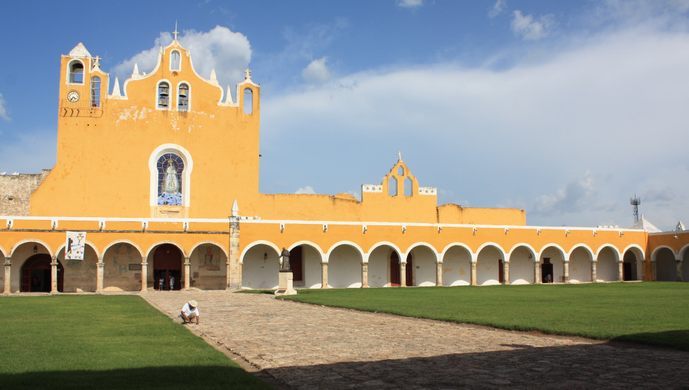
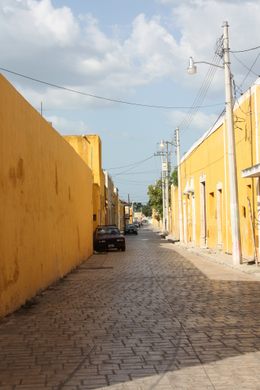
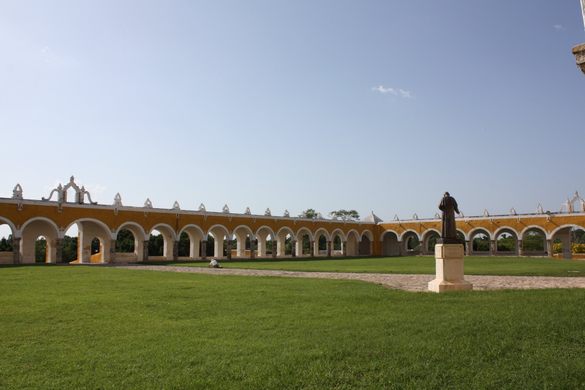
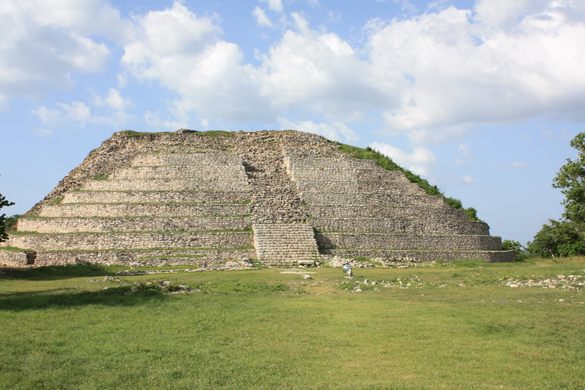



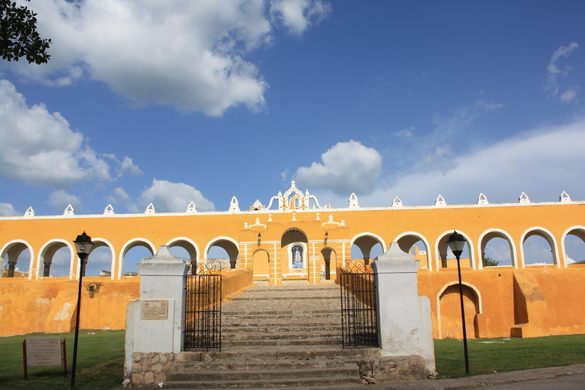









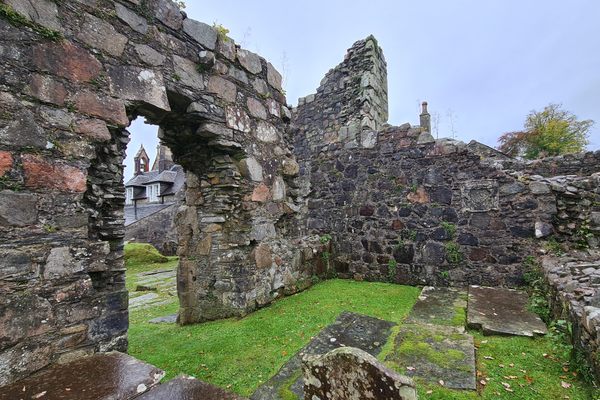



Follow us on Twitter to get the latest on the world's hidden wonders.
Like us on Facebook to get the latest on the world's hidden wonders.
Follow us on Twitter Like us on Facebook